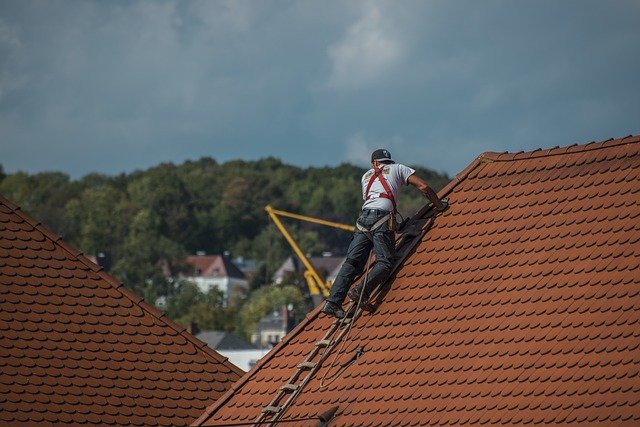Low-impact treatments to protect shingles from staining and decay
Routine roof care that prioritizes low-impact cleaning can reduce staining and slow shingle decay without aggressive methods. This article explains how gentle treatments, combined with regular inspection and maintenance, address moss and algae while protecting roofing materials and surrounding landscaping.

Why moss and algae affect shingles
Moss and algae are common on shaded or moisture-retentive roofs and can cause visible staining and physical deterioration of shingles over time. Algae typically appears as dark streaks caused by airborne spores that feed on minerals and organic residues, while moss forms dense mats that retain moisture. Both conditions increase shingle wetness and may accelerate granule loss, freeze-thaw damage, and substrate breakdown. Identifying early growth through routine inspection allows homeowners and local services to select less invasive treatments that interrupt biological cycles without harming the roofing material.
Softwashing versus pressurewashing
Softwashing uses low-pressure application of specialized cleaners—often peroxyacetic or bleach-based solutions diluted to safe levels—to remove biological growth without the force that can strip shingle granules. Pressurewashing, by contrast, relies on high-pressure water which can lift or loosen asphalt granules and shorten shingle life. For most asphalt or composite shingles, softwashing is the recommended low-impact method. When hiring local services or performing work yourself, prioritize techniques that minimize mechanical abrasion and follow manufacturer guidelines for maximum pressure limits to protect warranty and longevity.
Stain removal and ecofriendly options
Stain removal for algae and moss can be effective using oxidizing cleaners or oxygen-based products that break down organic stains with minimal residual toxicity. Ecofriendly formulations, such as hydrogen peroxide-based cleaners and some biodegradable surfactants, reduce environmental impact on plants and soil compared with stronger chlorine concentrations. When applying treatments, protect vegetation and collect runoff where possible. Read product labels and follow dilution instructions carefully; many ecofriendly cleaners require repeated applications to fully remove deeply set stains but offer a gentler approach for both shingles and surrounding landscaping.
Maintenance and inspection routines
Planned maintenance extends shingle life and keeps stain recurrence manageable. Inspect roofs twice a year—after fall leaf drop and in spring—looking for moss colonies, algae streaks, granule accumulation in gutters, and any damaged shingles. Simple maintenance includes removing debris from valleys and gutters, trimming overhanging branches to increase sunlight and airflow, and scheduling softwashing when organic growth becomes visible. Use local services with experience in low-impact roof care for periodic inspections and to confirm that chosen treatments are compatible with your specific shingle type and roof pitch.
Gutter care and safety
Gutters play a key role in preventing roof staining and decay by diverting water and collecting granules and organic debris that feed algae and moss. Regular gutter cleaning reduces moisture retention at eaves and prevents blockages that lead to ice dam formation in colder climates. Safety should guide any roof or gutter work: use stable ladders, fall protection, and avoid climbing onto slick or steep roofs. Many homeowners prefer to hire trained local services that follow safety protocols and minimize rooftop traffic, further reducing the risk of accidental shingle damage from foot traffic or improper equipment use.
Longevity benefits and practical tips
Low-impact treatments contribute to shingle longevity by removing biological agents that trap moisture and by avoiding abrasive cleaning methods that accelerate wear. Practical tips include scheduling softwashing at moderate temperatures, rinsing nearby vegetation after treatment if using harsher chemistries, and combining cleaning with routine inspection to catch small issues early. Clear communication with any contractor about the desired low-impact approach, requested materials, and follow-up inspection helps ensure consistent outcomes. Minor recurring maintenance is typically more cost-effective and less damaging than infrequent aggressive cleaning or premature roof replacement.
Conclusion Low-impact roof treatments—centered on softwashing, careful stain removal, proper gutter care, and scheduled inspections—offer a balanced approach to controlling moss and algae while protecting shingle integrity. Prioritizing safety, using ecofriendly options where feasible, and working with experienced local services help preserve appearance and extend roofing service life without resorting to high-pressure methods that can accelerate decay.





